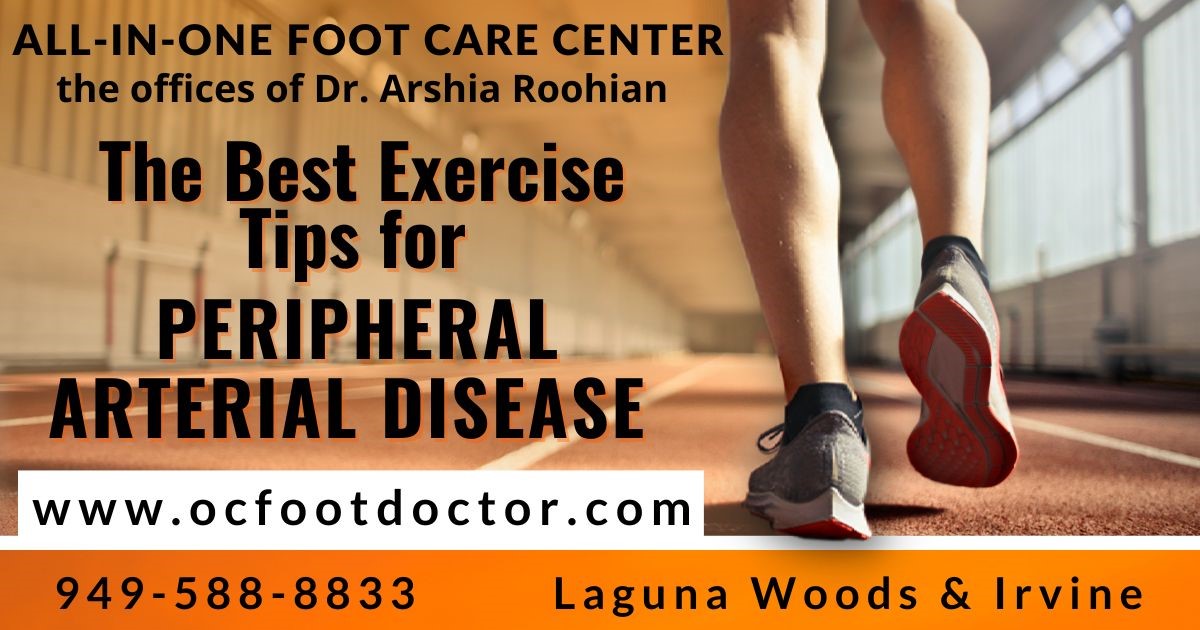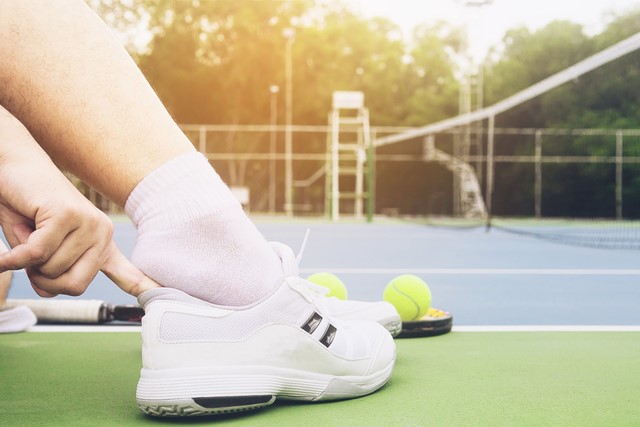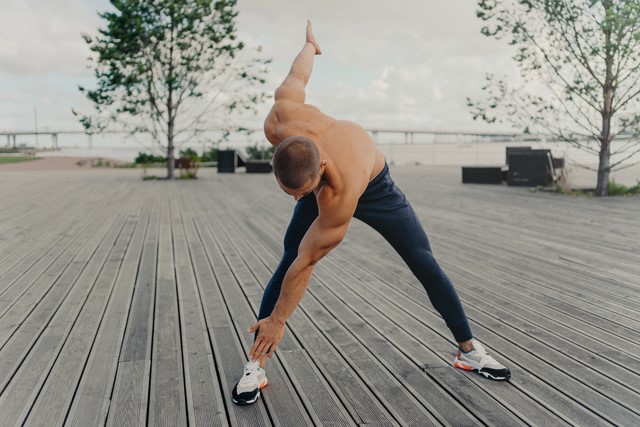The Best Exercise Tips for Peripheral Arterial Disease

You may feel like the pain and cramping you experience when you walk is just another unfortunate part of aging. The opposite is true. Treatment and management of peripheral artery disease are completely possible. Even exercising can keep you healthy and relieve some of your symptoms.
In addition to treating peripheral artery disease, Dr. Roohian and the experienced staff at All-In-One Foot Care Center provide you with the tools needed to maintain an active lifestyle.
Peripheral Artery Disease: The Basics
Circulatory disease is caused by narrowed arteries, and peripheral artery disease (PAD) affects your legs, reducing blood flow to them. In order to deliver oxygen to the body, your arteries narrow as plaque accumulates along their walls.
Symptoms of PAD include pain in the lower extremities, even when you are walking or going upstairs. This disease is associated with increasing age, diabetes, smoking, and other medical complications, such as high blood pressure, high cholesterol, or obesity.
A lot of ways can be used to treat PAD conservatively, including quitting smoking and managing your overall health. PAD symptoms can also be managed through exercise.
_main image.jpg)
Pad And Exercise
Even taking a few steps can cause you significant pain, so you may wonder why exercise is on the list of possible PAD treatments. The symptoms of this disease can be improved by increasing your blood flow because it is rooted in circulatory problems. Before exercising, consider these things:
Make Sure You Choose The Right Footwear
The shoes and socks you wear while exercising can provide all of the support your legs need right now. Whenever you walk or are active, wear supportive shoes. The thicker the socks, the more support and pressure point protection they provide.

Warm Up
You shouldn't skip stretching at this point. Spend at least 10-15 seconds stretching your calf and thigh muscles before your workout. You are preparing your muscles for activity by doing this.

Take Baby Steps At First
Interval walking is the best exercise for PAD. You can find an enjoyable route around your neighborhood or on a treadmill. Even if you feel mild pain, walk for a few minutes at a good pace and then rest. To reach a goal of roughly 50 minutes, repeat this process several times, starting with a total walking time of about 30 minutes.
If walking proves too stressful, you can always start in a pool where the water carries your weight for you and relieves the strain on your legs. Adding incline to your treadmill or climbing stairs can be a challenge when you have built up a tolerance for it.
You will experience some discomfort while interval walking, but don't push yourself beyond your pain threshold. In case you are experiencing severe pain or if walking is simply too painful, consult Dr. Roohian.
Experiment With Other Exercises
You can increase circulation by doing more than just walking. If you want to get your blood moving without adding pressure or impact to your lower half, try stationary bikes, elliptical machines, or gentle yoga. If your legs are too painful, you might consider working on your core muscles and upper body instead. Movement improves circulation and symptoms associated with PAD, as well as your overall health.
In accordance with your specific needs, Dr. Roohian recommends the best exercises and activities. Consult before starting a workout regimen.
Make sure you don't let PAD symptoms keep you from doing the things you enjoy. Taking a leisurely walk around the neighborhood or being active with your family is something you may miss if you are in your golden years.
You can contact our office at 949-588-8833, or visit our website at https://www.ocfootdoctor.com/. Our offices are located in Laguna Hills, Irvine, Mission Viejo, Aliso Viejo, Lake Forest, Foothill Ranch, and Costa Mesa.


